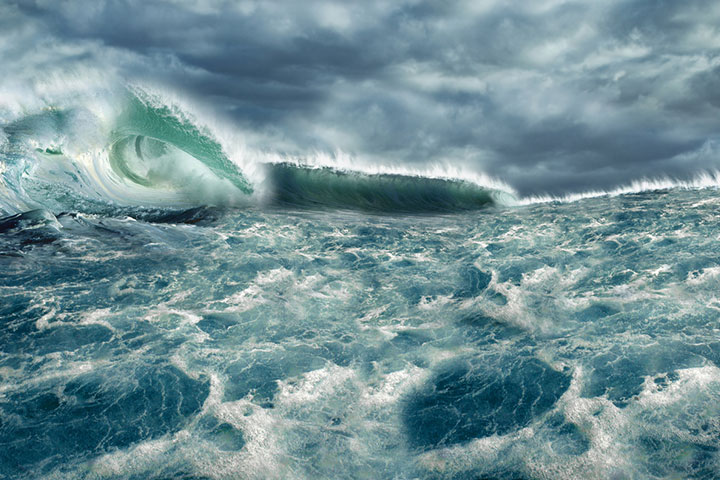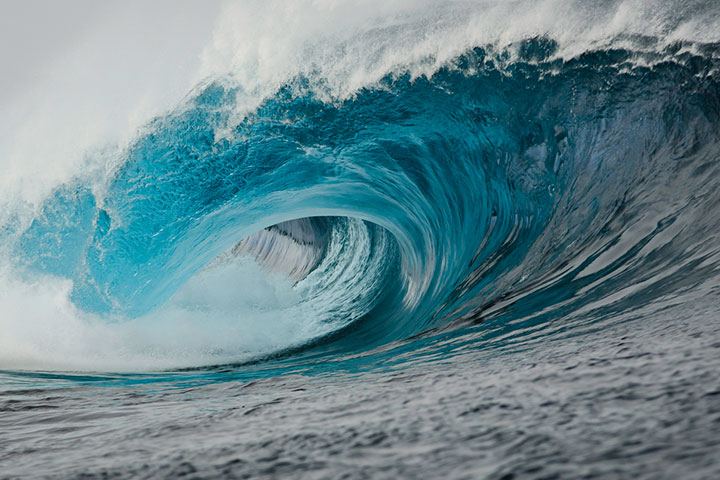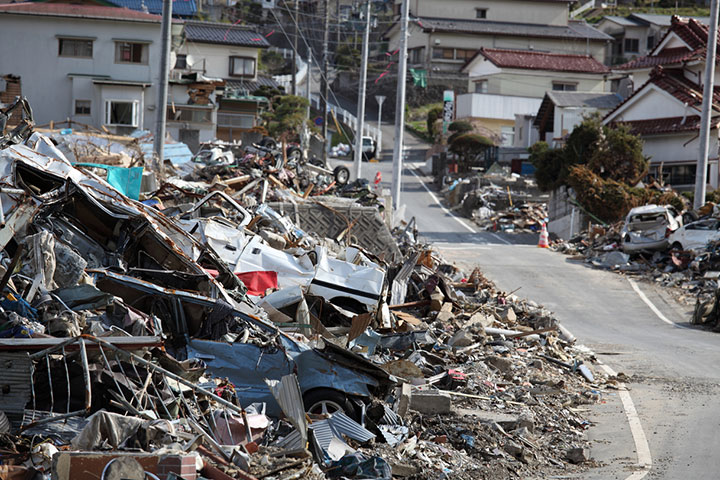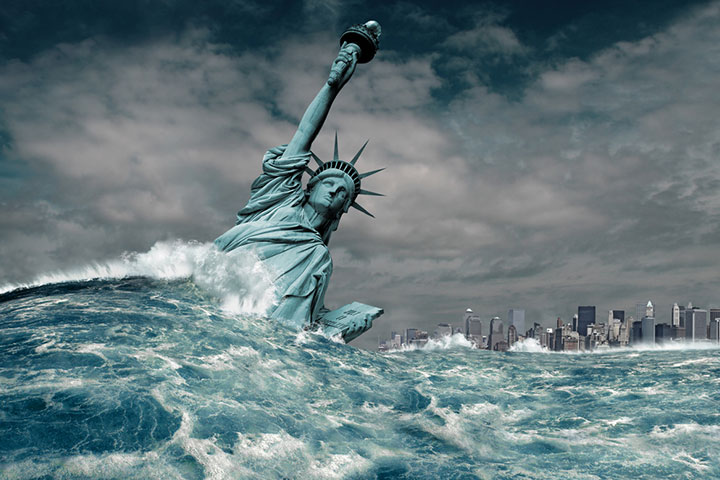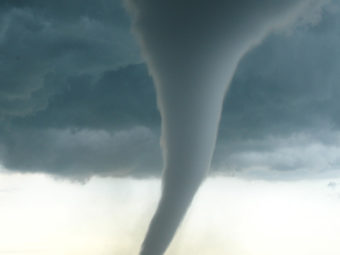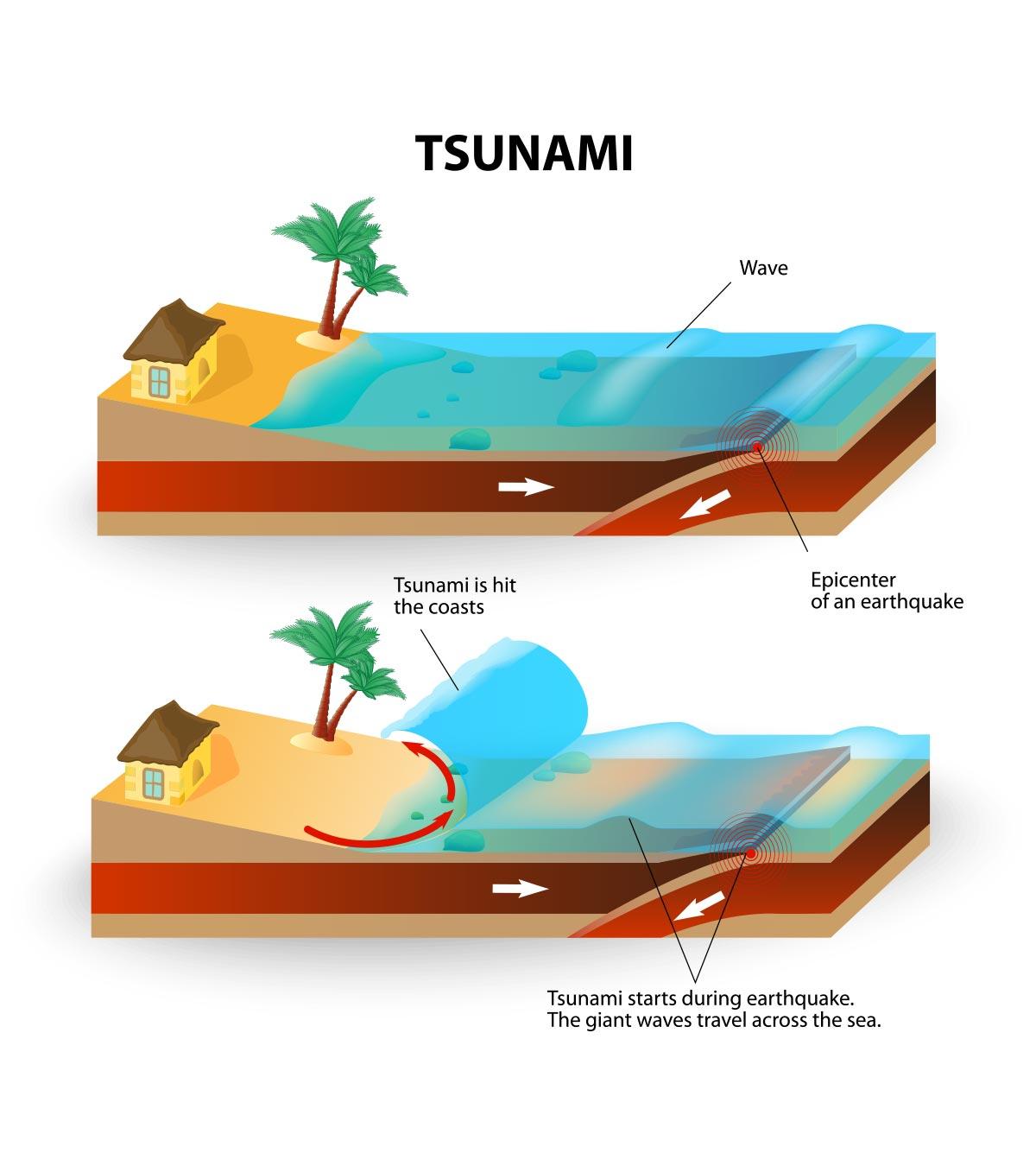
Image: ShutterStock
If you have a budding meteorologist at home, you have come to the right place. In this post, we cover some of the most incredibly interesting tsunami facts for kids. Every time your little one gets overwhelmed by the magnitude of the waves in a water body, they get curious about what would happen if the waves were even bigger. So, here we have curated some facts that will answer your child’s questions. Satisfy your child’s inquisitiveness with these facts.
What Is A Tsunami?
A Tsunami is a series of monstrous tidal waves in the ocean, typically due to volcanic eruptions, tectonic plate disruptions, landslides, and earthquakes. Tsunami waves are huge and can be as long as hundreds of kilometers. The massive waves head toward the seashore and get bigger along the way (1). This is a brief introduction for children to know about tsunamis.
Interesting Tsunami Facts For Kids
Tsunamis have been the subject of many movies and popular culture; their sheer size is the subject of many stories and legends. Here we look at some tsunami facts for kids that will capture their imagination.
Fact 1:
What is the meaning of ‘Tsunami’? ‘Tsunami is originally a Japanese word that means ‘harbor waves’ since ‘Tsu’ means harbor and ‘nami’ means waves (2).
Fact 2:
Image: IStock
A tsunami occurs in huge lakes or oceans when the water body displaces rapidly, which results in a series of massive waves that crash on the shore. Tsunamis occur due to geological disturbances that occur in the surrounding regions. Tsunamis can also occur due to earthquakes, meteorite impact, underwater volcanic eruptions, and mass movements underwater (2).
Fact 3:
How do tsunamis form? Here the article will explain the facts about tsunamis for kids. When geological disturbances dislocate the plates of earth’s crust and generate energy, it displaces the body of water forming waves. Tsunamis tend to travel towards the shore similar to tides pulling back from the shoreline hundreds of meters. When the waves hit shallow water, their height boosts before they crush into the coastal line creating great havoc (3).
Fact 4:
Image: IStock
Tsunami waves can be so small that you may not even notice them. However, some tsunamis can be gigantic and reach a height of up to 125 feet or 38 meters. An earthquake can generate a tsunami wave as tall as 135 feet (4).
Fact 5:
The speed of a tsunami is about 970 kph (600 mph) which is identical to the speed of an airplane (5).
Fact 6:
One of the most deadly natural disasters and a tragedy that hit Earth was on December 26, 2004, as massive Tsunamis hit the west coast of Sumatra in Indonesia on account of an earthquake under the Indian Ocean. About 2,40,000 people died in 14 different nations due to this Tsunami (6).
Fact 7:
Image: IStock
In this decade, A tsunami hit on March 11 in 2011 on the north-east coast of Japan which is about 400 km from Tokyo due to an earthquake. The tsunami waves were around 100 to 125 feet in height and killed more than 18,000 individuals (7).
Fact 8:
Nearly 80% of tsunamis occur due to volcanic eruptions in an area of the Pacific which is popular as ‘Ring of Fire’ (8).
Fact 9:
Modern technology can identify and predict when a tsunami is likely to occur. Seismographs detect modifications in the height of waves and send signals and sirens to alert individuals residing near the shore (9).
Fact 10:
Image: IStock
Geographical studies predict that some states in the USA, such as Alaska, Oregon, California, Hawaii, and Washington, are at risk to witness Tsunami. Hawaii is at the highest risk to witness tsunami as it is the abode of the largest volcano Mauna Loa and comprises five volcanoes. Tsunami prone zones have warning systems that alert people about the calamity and give them time to evacuate the place (11).
Frequently Asked Questions
1. How can we prepare for a tsunami?
Preparedness is important especially if your house or work area is declared as a tsunami hazard area. If yes, then prepare a tsunami evacuation route from homes, schools, and workplaces. If possible, select places of refuge that are 30 meters above sea level and at a distance of 15 minutes from wherever you are. Keep important documents sealed in plastic covers in one place so that you can leave with it in case of emergency.
2. What are the warning signs of a tsunami?
Some warning signs of a tsunami are an earthquake that lasts more than 20 seconds around the coastal line, a loud, unusual roar from the ocean and quick recession of water along the shores in a short amount of time.
3. How long does a typical tsunami event last?
In certain regions, large tsunamis can last for days, reaching their peak a few hours after they arrive and gradually subsiding. Furthermore, the duration of the tsunami could (the interval between tsunami crests) range from five minutes and two hours (5).
4. Can animals sense an incoming tsunami?
When earthquakes cause tsunamis, they create low vibrations that can sometimes not be detected by humans but are sensed by larger mammals such as elephants (10).
5. What are the secondary effects of a tsunami?
In affected areas, contaminated water and food sources, a lack of shelter and healthcare access, and other factors may exacerbate existing diseases (11).
These interesting facts about Tsunamis will be informative and enlightening for your children. They will teach them about this natural phenomenon and the importance of taking care of mother Earth and valuing the natural resources. You can read these facts to them and show them some videos so that they would get a clear understanding. You can also ask them to read so they can share with their peers and have interesting questionnaires among themselves.
Infographic: How Does A Tsunami Affect The Environment?
Tsunamis don’t occur often. However, when they do, they cause destruction to life and ecology. In this infographic, we list the effects of tsunamis on the environment and the top tsunami-prone areas globally. Save and share it with your child to arouse their interest in the topic. Illustration: Momjunction Design Team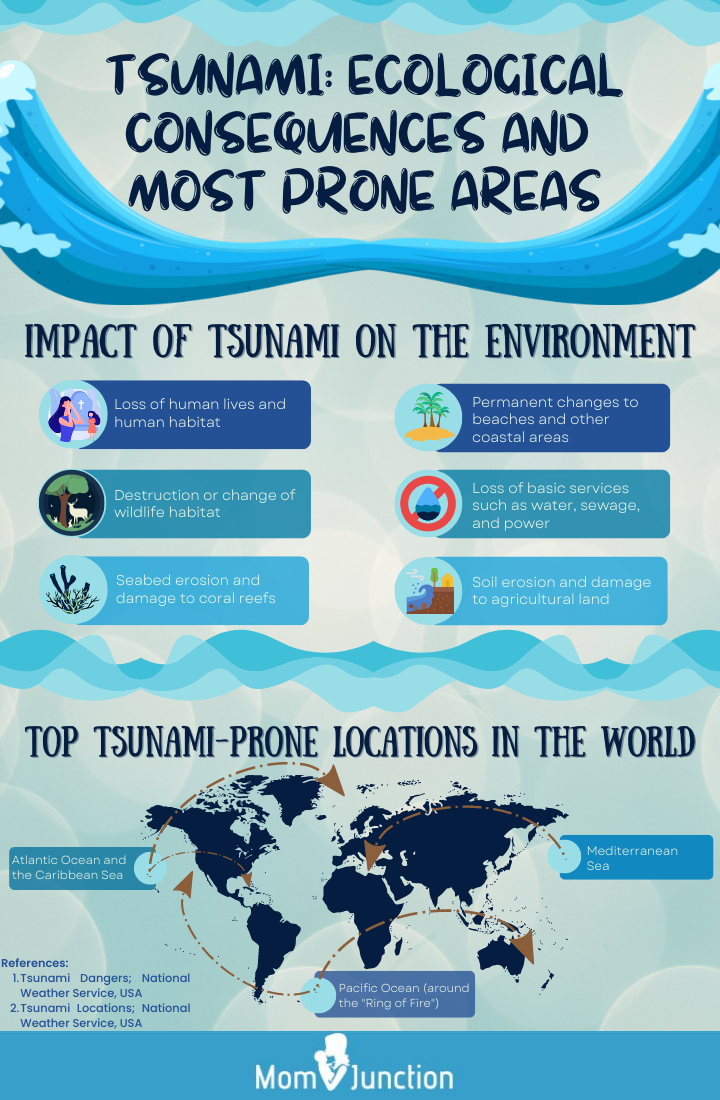
Key Pointers
- The word “tsunami” is of Japanese origin and translates to “harbor waves.”
- Tsunamis are massive tidal waves that can be triggered by earthquakes, volcanic eruptions, landslides, or tectonic activity.
- The speed of a tsunami can reach up to 970 kph (600 mph), which is equivalent to that of an airplane.
- Seismographs can be used to detect the occurrence of a tsunami based on the height of its waves.
- The height of a tsunami can reach up to 125 feet or 38 meters.
- One of the deadliest tsunamis on record occurred in the year 2004, claiming the lives of approximately 240,000 people.

Image: Stable Diffusion/MomJunction Design Team
Experience the power of a tsunami and learn about its causes and effects in this educational video for kids.
References
- Tsunami and Earthquake Research.
https://www.usgs.gov/centers/pcmsc/science/tsunami-and-earthquake-research - Tsunamis.
https://www.ready.gov/kids/disaster-facts/tsunamis - Tsunami Facts and Information.
http://www.bom.gov.au/tsunami/info/ - Tsunami.
http://www2.tulane.edu/~sanelson/Natural_Disasters/tsunami.htm - Tsunami Frequently Asked Questions.
https://www.tsunami.gov/?page=tsunamiFAQ - Tsunamis and Tsunami Hazards.
https://www.usgs.gov/special-topics/water-science-school/science/tsunamis-and-tsunami-hazards - Great Tohoku Japan Earthquake and Tsunami 11 March 2011.
https://www.ngdc.noaa.gov/hazard/11mar2011.html - Tsunami Forecasting.
https://celebrating200years.noaa.gov/magazine/dart_buoys/ring_of_fire.html - How Do Seismometers Contribute to a Tsunami Warning System?
https://nctr.pmel.noaa.gov/education/IOTWS/seismic/USGS_factsheet_Seisometer_May06.pdf - Can Elephants Sense Tsunamis Before they Happen?
https://sos.noaa.gov/education/phenomenon-based-learning/can-elephants-sense-tsunamis/ - Health Effects of Tsunamis.
https://www.cdc.gov/disasters/tsunamis/healtheff.html





